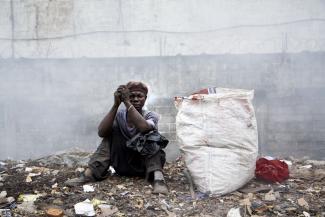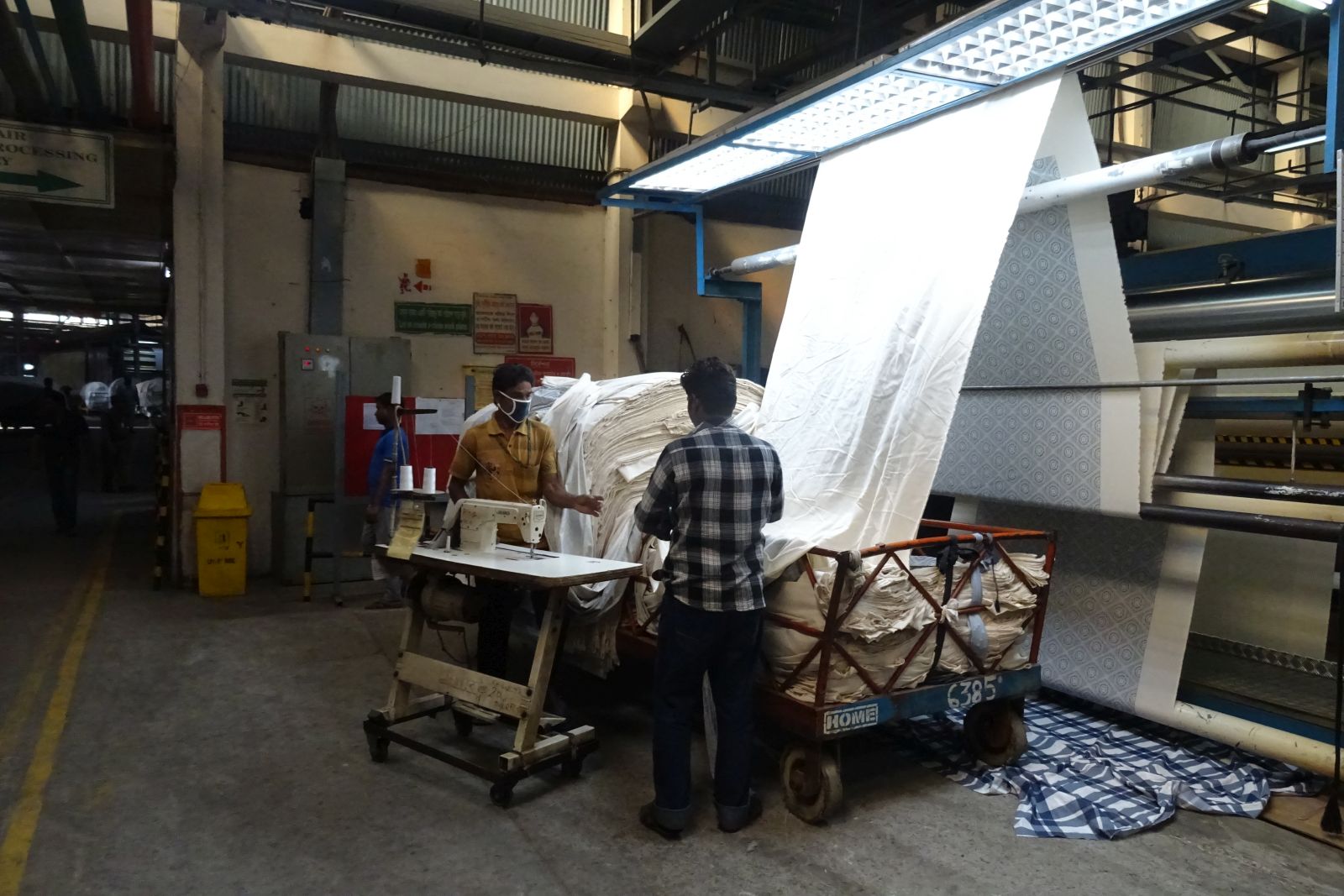Development finance
Climate finance and humanitarian aid

It is abundantly clear, however, that fears of climate finance displacing other forms of official development assistance (ODA) are groundless. The growth rates are roughly the same. Climate-related ODA for the poorest developing countries has increased, and funds for climate adaptation, in particular, are forecast to rise even faster. In all probability, however, there will be a relative decrease in ODA climate finance in comparison to other financial flows.
Generally speaking, climate finance as a whole falls far short of expectations and promises. Support for climate programmes largely takes the form of non-concessional loans, export credits, green bonds and direct investment. But they are voluntary arrangements and susceptible to implementation failure. The OECD puts the current level of climate finance at $ 57 billion – $ 41 billion from public coffers and just under $ 15 billion from the private sector.
The volume of humanitarian aid is virtually impossible to forecast because it fluctuates, depending on the frequency and scale of conflicts and natural catastrophes. The figure is expected to rise in the coming years but not necessarily because of traditional donors. Non-OECD countries, philanthropists and foundations will play a significant role. In 2017, $ 15.3 billion of total ODA was humanitarian assistance – 6.1 % more than in the previous year. (up)








